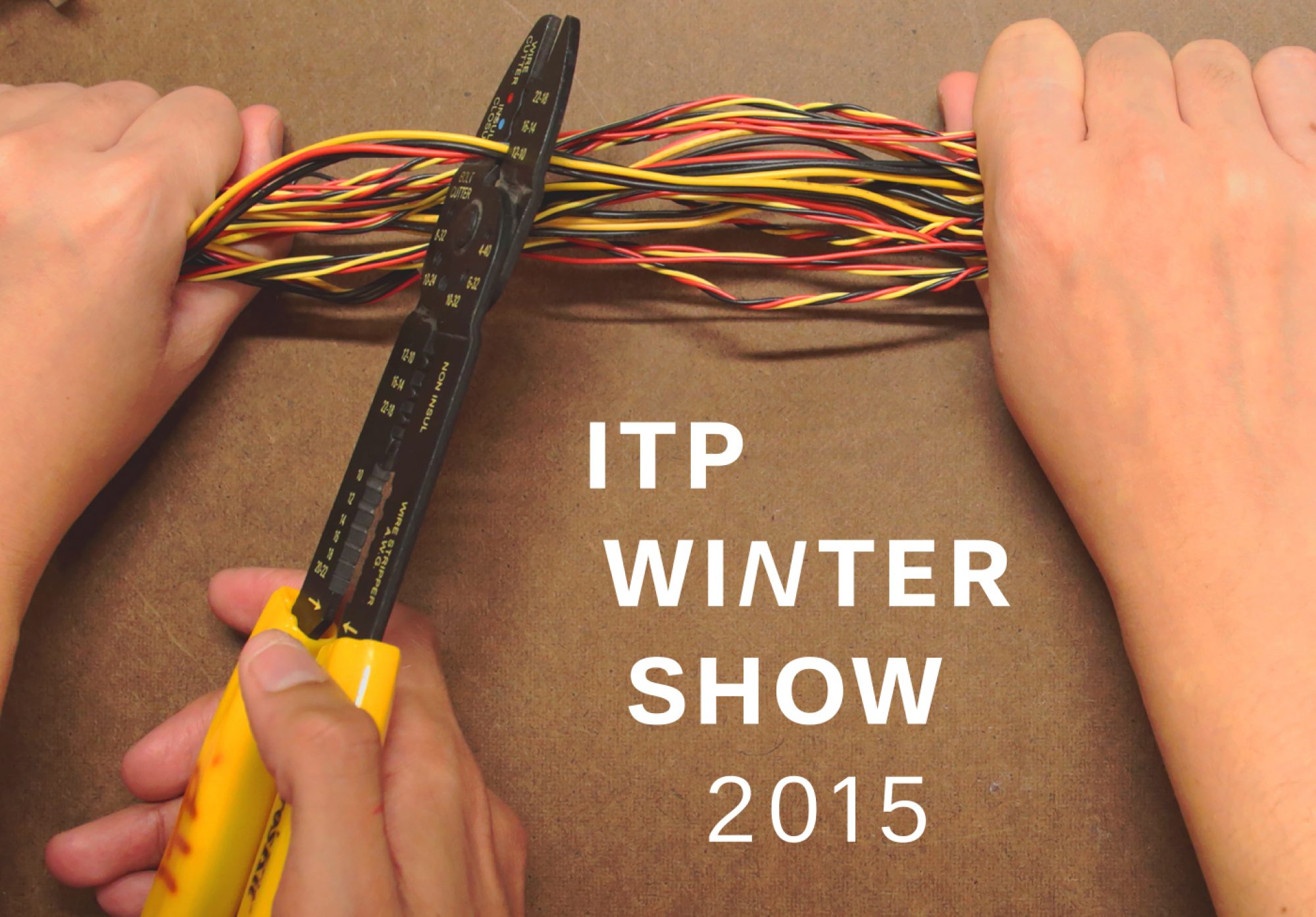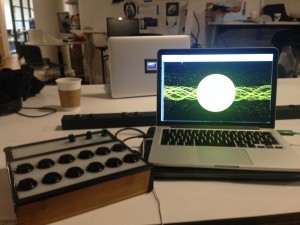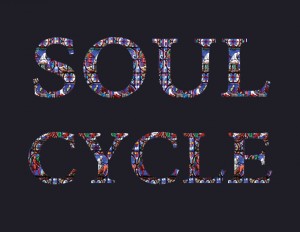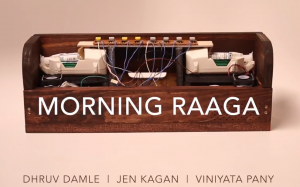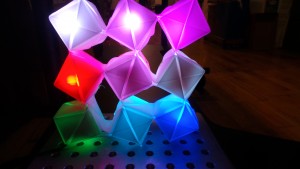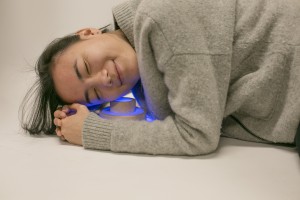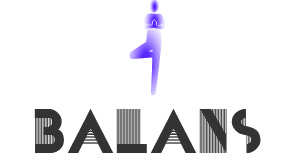Zoe Bachman
A wearable that uses visual symbols and gesture to communicate peaceful messages and confront discrimination.<br />
http://www.zoebachman.net/itp/?p=351
Description
I’ve been thinking a lot about the current refugee crisis, specifically why many Americans see refugees as violent instead of peaceful. As someone who used to work with refugees, I know they struggle to disprove stereotypes, particularly since English isn’t their first language.
Many people are working to design solutions for the refugee crisis, so I thought, what could I create that would give refugees a way to communicate peace?
I started brainstorming a wearable, since clothes have a history of carrying messages. I thought about the different ways one could illustrate “we come in peace”, like the act of waving a white flag. Communicating with flags reminded me of semaphore, a maritime language used between ships, which seemed appropriate given that many refugees are traveling by boat. There’s a precedent of using semaphore to illustrate peace – the peace sign is actually the letters N and D (for nuclear disarmament) in a circle. Semaphore is also a programming term relating to access – quite appropriate, given the refusal of many Governor’s (including Larry Hogan of Maryland) to let refugees into a country.
The wearable is a rain jacket that has LEDs at the bottom of the sleeves that are programmed and arranged to look like flags. The user turns on the LEDs by closing a snap in the middle of the jacket.
Once the user is wearing the jacket, they’ll stand in front of a camera and perform a message using the semaphore alphabet. The images will be stitched together into a .gif and uploaded to the blog signsofsupport.tumblr.com as a record of their message.
For the show, a video tutorial on how to communicate with semaphore will be displayed to instruct users on how to communicate using the language. The collection of gifs created during the show will be displayed alongside.
Users can also take a print out that has information about the refugee crisis, the semaphore alphabet and the website where they can view their gifs and the rest taken at the show.
It should be said that this object is gesturing at these ideas rather than providing a solution. I’m interested in interrogating alternative forms of communication while using symbols related to this specific narrative, while bringing awareness to this very serious situation.
Classes
Introduction to Physical Computing
